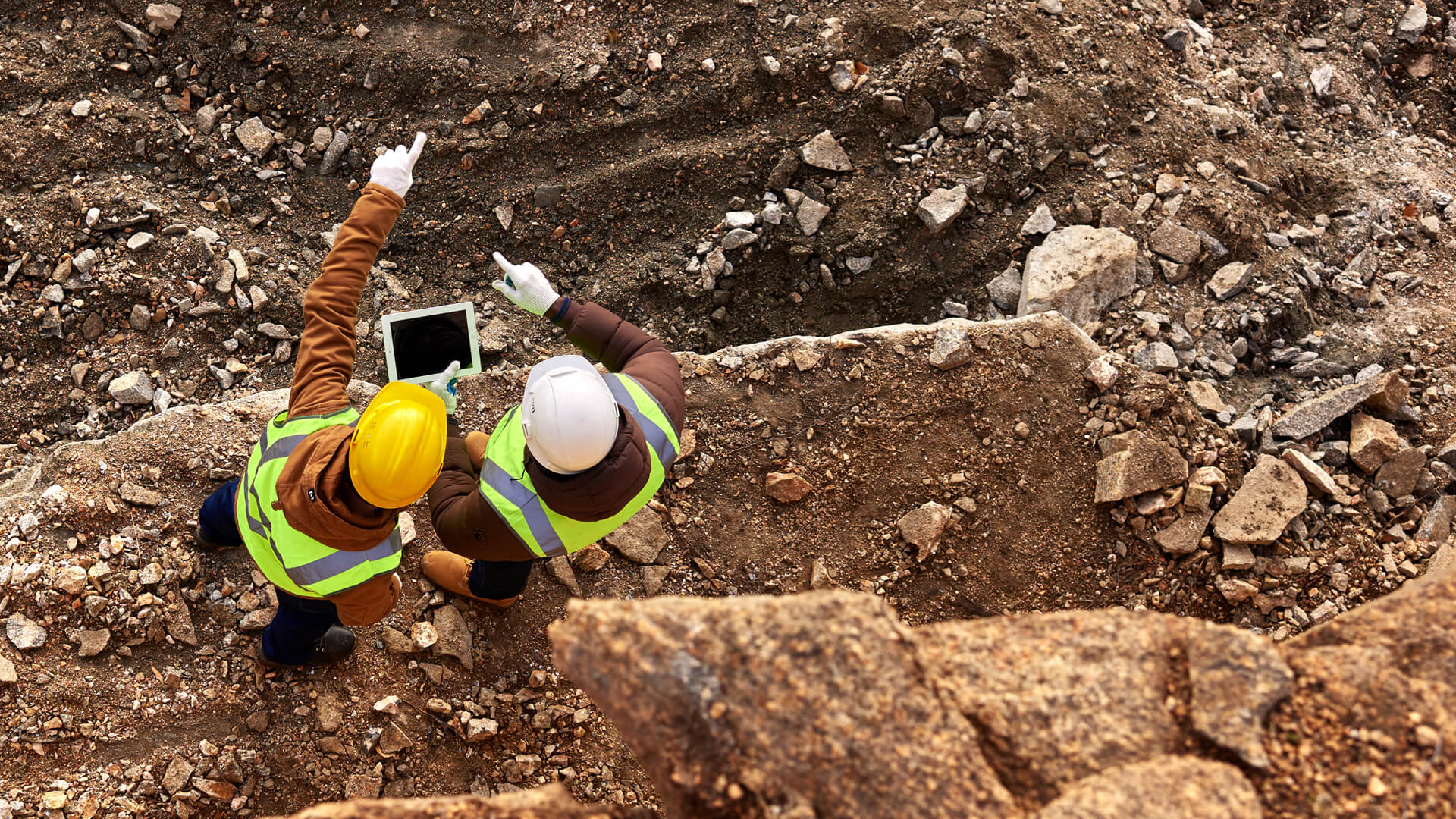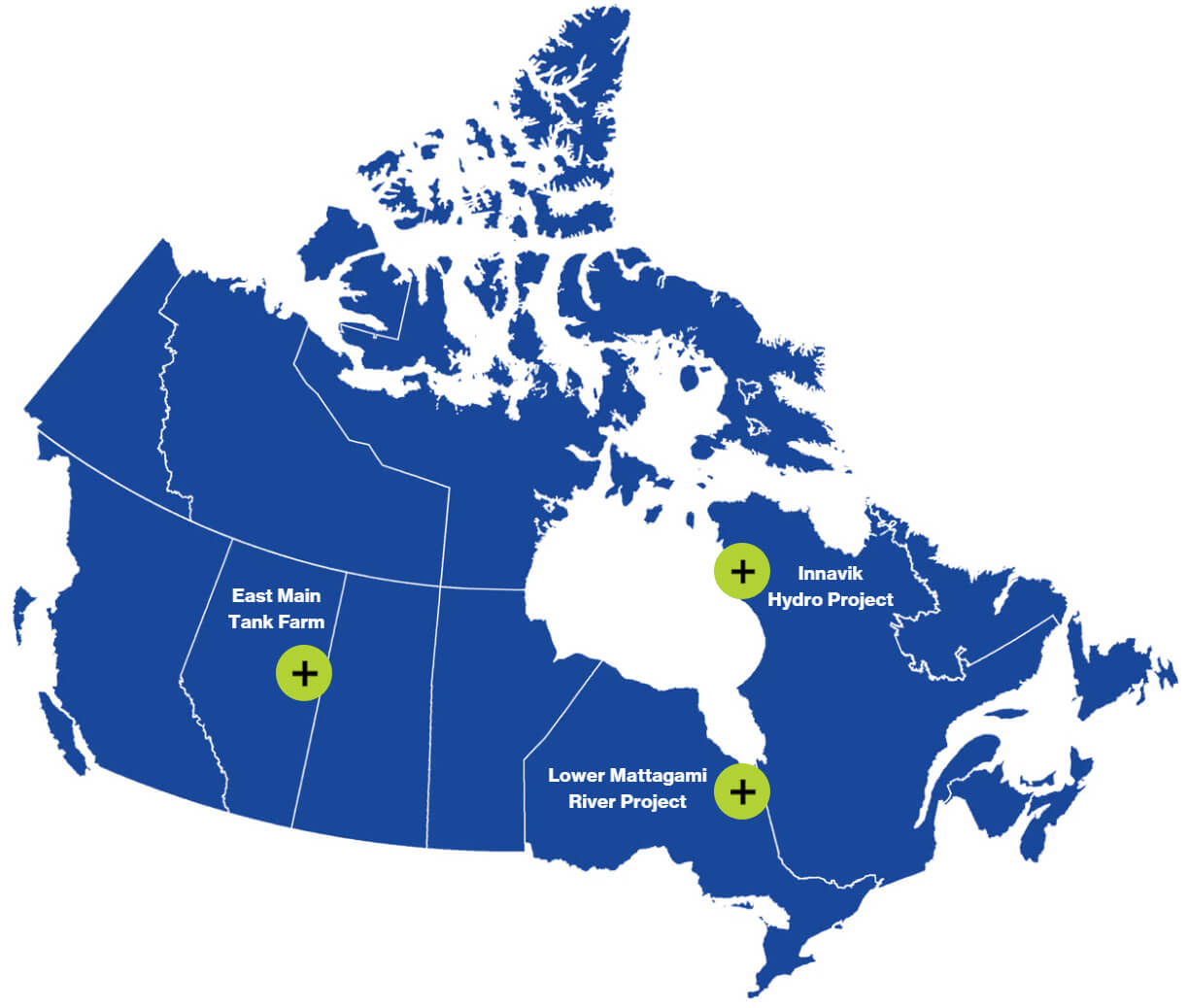
Indigenous Ownership:
A New Economic Era
Major project agreements are evolving in Canada. Indigenous groups are increasingly seeking equity agreements over other types of arrangements.
February 7, 2022
What Is Indigenous Equity Participation?
Equity participation gives Indigenous groups whole or part ownership in a company or project, unlocking new levels of control over the development of their territories.
Indigenous groups negotiate these ownership rights with project proponents, and typically purchase their equity stake using a combination of their own capital and debt financing.


Beyond the Status Quo
By taking equity positions in major projects, Indigenous communities expect more than the usual employment, training, and procurement opportunities that come with impact and benefit agreements (IBAs).
They also want:
- Long-term stable revenue streams
- Decision-making powers over major economic projects in their territory
- Capacity and skills development opportunities in business and management
The Benefits
A growing number of leaders in Indigenous economic development see it as a priority to increase equity-based participation.
Equity-based agreements help:
Push for more inclusive, robust, and substantive Indigenous engagement in projects.
Support Indigenous rights, interests, self-determination, and community development.
Contribute to Canada’s Truth and Reconciliation final report’s Call to Action 92, by supporting economic reconciliation and reducing socioeconomic barriers.
Align business and government with the principles of the United Nations Declaration on the Rights of Indigenous Peoples (UNDRIP)—and Canada’s new UNDRIP legislation.
Reflect the evolving legal landscape surrounding major projects and Corporate-Indigenous relations.
Advance environmental, social, and governance (ESG) standards.
Move economic development forward in Canada.
Equity-Based Partnerships in Action

Note: Location of example projects are for illustration purposes only.
East Main Tank Farm
Fort McKay and Mikisew Cree First Nation have a 49 per cent stake (valued at $500 million) in Suncor’s East Tank Farm Development, part of its oil sands operations. The two First Nations independently financed the acquisition through RBC Capital Markets. A key long-term objective is to create financial independence in support of self-determination.
Innavik Hydro Project
The Inuit community of Inukjuak initiated this run-of-the-river hydroelectric project to access cheaper, cleaner energy than the diesel they currently use. The project is a 50/50 partnership between the community’s Pituvik Landholding Corporation and Innergex, a renewable energy company. Revenue will support local entrepreneurship as well as the community’s educational, social, and traditional lifestyle needs.
Lower Mattagami River Project
This $2.6 billion hydroelectric project is a partnership between Ontario Power Generation and Moose Cree First Nation. Through the Amisk-oo-Skow Agreement, Moose Cree First Nation received 25 per cent equity. The partnership also includes Indigenous training, employment, and procurement opportunities.
What’s Holding Us Back?
Why are equity-based corporate–Indigenous arrangements still relatively uncommon?
Access to capital
Indigenous groups often lack necessary capital to secure an equity position in a major project. In these instances, they must find other sources of capital such as lending institutions or public sector funds. But institutional barriers, such as the Indian Act, can limit financing options. And ineffective—even racist—policies unfairly pigeonhole Indigenous groups as suboptimal or high-risk borrowers and partners.

Capacity issues
Indigenous groups don’t always have the in-house expertise needed to take on equity positions in major projects. These include business, finance, and management skills—all critical to successful
equity participation.

Relationship dynamics
Generally, relationships and agreements between corporations and Indigenous groups have come a long way over the past few decades. But companies don’t always know how to work effectively, equitably, and meaningfully. Some worry about the ability of Indigenous groups to take on equity positions. And mistrust, bias, and differing values can sometimes undermine productive agreements.

Complexity
The sheer complexity of some projects can work against equity-based partnerships. In addition, partnerships can be affected by jurisdictional complexity. Responsibilities, roles, and interests on the part of public, Indigenous, and private sector organizations sometimes overlap or conflict, which makes the development of corporate-Indigenous agreements challenging.

Risk
Equity stake agreements come with risks for all involved. For Indigenous groups, investing in major projects that either fail or don’t deliver as expected can weaken credit standings, jeopardize key community assets such as trusts and sovereign wealth funds, and result in financial loss. Risks also affect projects and undermine agreements when a partner lacks capacity, resources, or expertise. Relationships and reputation are also at risk if projects and associated equity stake agreements don’t unfold as planned.


